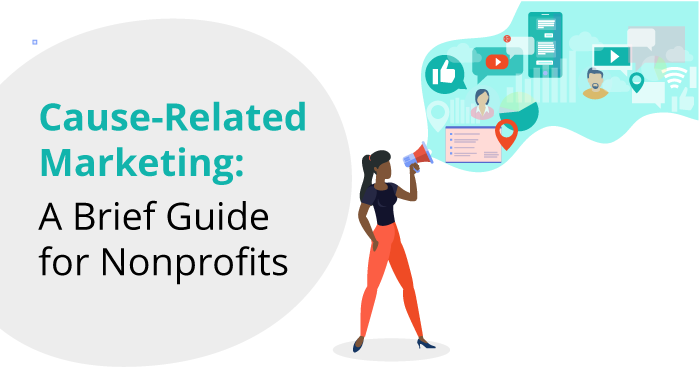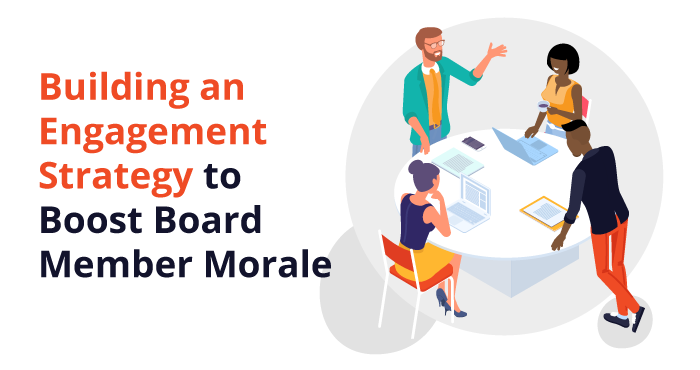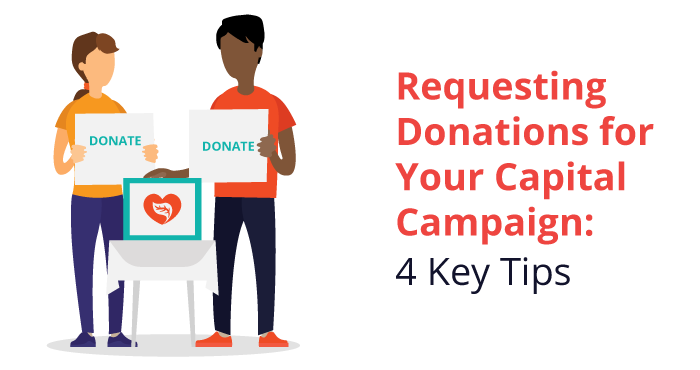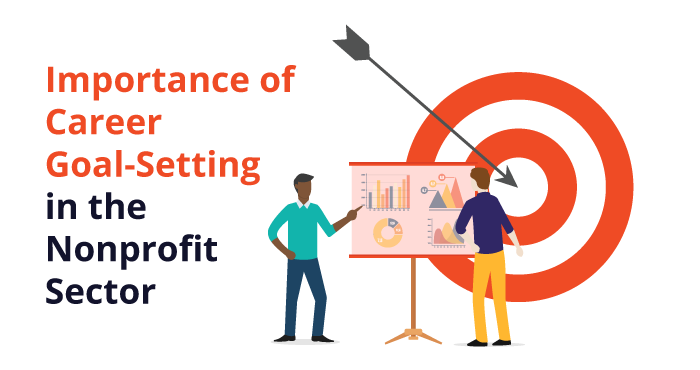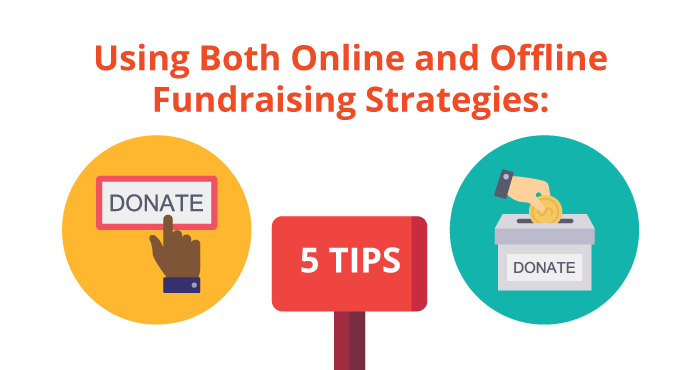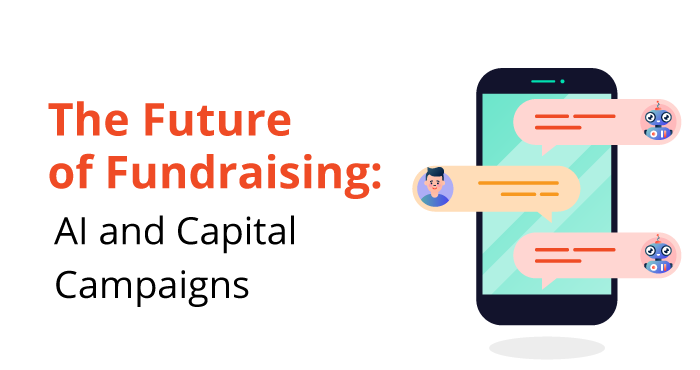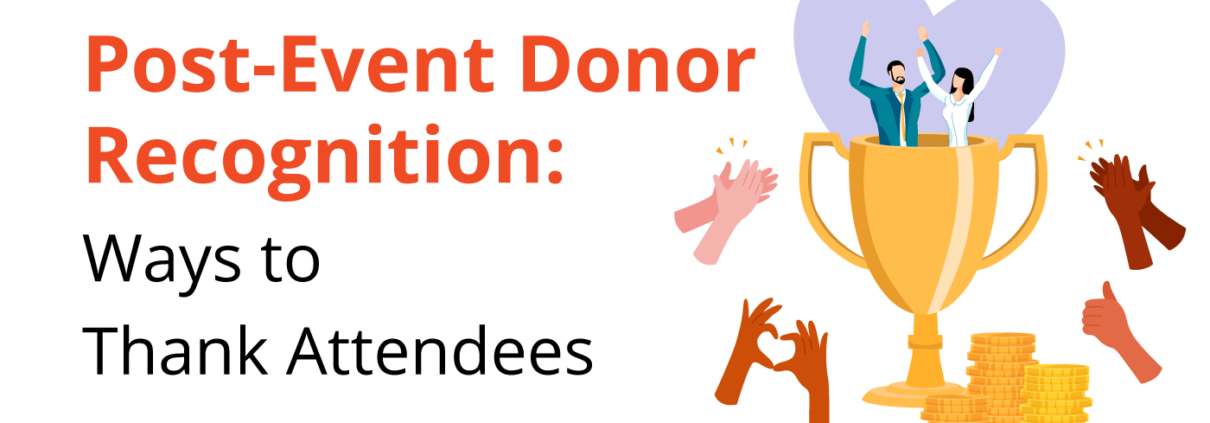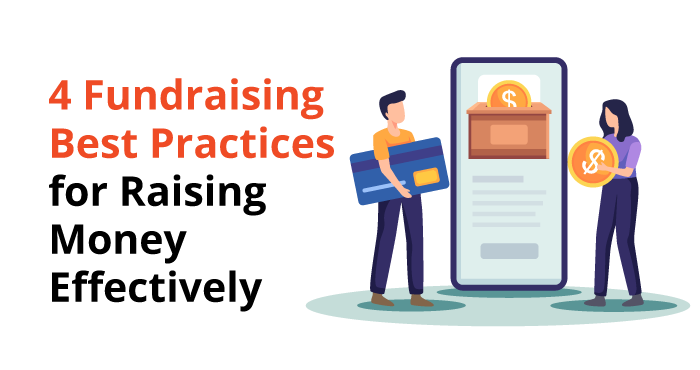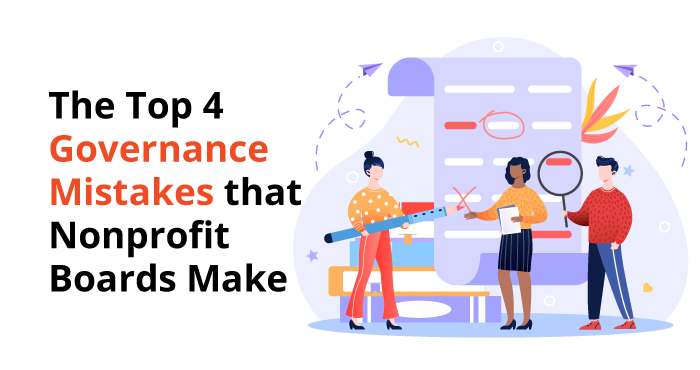The Top 3 Fundraising Metrics You Should Be Tracking
Fundraising is an increasingly data-driven activity, just like most other forms of business and marketing today.
For nonprofits, this makes sense. Effectively stewarding your limited resources with quantitative insights derived from data is a responsibility that simply comes with running a nonprofit. It’s essential for growing your reach and pursuing your mission over time.
Looking towards the new frontiers of nonprofit technology, artificial intelligence can take much of the guesswork out of campaign planning. However, you still need a solid understanding of the data that drives more technically complex processes that you might adopt, like AI.
But where do you start? What are the most important fundraising metrics that a nonprofit should prioritize tracking?
This is by no means an exhaustive list, and different metrics will be important in different circumstances, but here are what we consider to be three critical top-line metrics that nonprofits should track, study, and seek to improve for healthier fundraising and donor stewardship over time.
Fundraising ROI
Fundraising return on investment (ROI) is a fundamental metric that compares how much money you raise against how much you spent to raise it.
ROI essentially tells you about the effectiveness of your fundraising campaigns—do they generate revenue through donations, or do they cost more money to run than they make? Both outcomes can be valuable learning experiences, but a negative ROI typically means you’ve encountered issues that need immediate attention to keep your program healthy.
How to Calculate It
To calculate fundraising ROI for a campaign:
- Subtract its total costs from its total returns (or the amount raised). This gives you your campaign or appeal’s net revenue.
- Then, divide the net revenue by the total costs. This is your ROI as a ratio.
- Multiply this number by 100 to present it as a percentage.
A positive ROI indicates that you raised more than you spent and generated revenue. The greater the ROI, the more effective the fundraising appeal was at securing donations. A negative ROI indicates that you spent more than you raised and lost revenue.
How to Improve It
There’s a practically infinite number of tactical ways to improve ROI depending on the unique context, audience, and goals of your campaigns. This open-endedness is the reason why digging even deeper with data is so useful but can also feel overwhelming.
There’s one core concept to understand: You need to raise more while spending less. The most fundamental way to do this is by better targeting your campaigns to specific donors in order to improve returns.
For example, rather than sending a direct mail appeal to an extremely broad segment of your donors, try tailoring your message to a smaller but more targeted list of donors who are actually likely to give right now. When you send the appeal, you’ll secure more and larger donations on average than you would have otherwise, and you’ll have spent less on printing and postage. The result is a stronger, positive ROI for the appeal.
Whether you’re seeking unrestricted annual gifts in a mail appeal, asking for support for a specific program via email, or inviting donors to your next big-ticket event, this underlying concept will improve your ROI. Machine learning technology offers the most direct way to get started targeting your donors, offering a quicker and more accurate approach than traditional data analysis techniques.
Donor Retention
Your nonprofit’s donor retention rate is the rate at which you retain active donors from one campaign (or other period of time) to another. How many donors who gave to one appeal gave again to the next one? What does churn look like in your regular giving program? How does your retention of those donors track over time?
Donor retention is critically important to your nonprofit’s bottom line. Retaining the support of existing donors is much more cost-effective than focusing solely on acquiring new ones. Tracking and continually seeking to improve your donor retention rate is a must.
After all, reaching new audiences, catching their attention, and inspiring them to give is a costly and time-consuming process. However, keeping existing donors excited about giving is an easier lift, and it allows your team to focus more on growing those relationships and gifts over time—meaning a larger base of support for more efficient fundraising in the future. This is especially true in your regular giving programs, where the cost of acquisition can be high.
How to Calculate It
To calculate your donor retention rate:
- Determine the timeframe or specific comparison for which you’d like to calculate your retention rate, for instance, annual retention in your regular giving program.
- Divide the number of retained donors at the end of the year (i.e. donors who stayed the whole time) by the number of donors at the beginning of the time period. This is your donor retention rate for that particular time frame.
- Multiply this number by 100 to present it as a percentage.
This will give you a top-line idea of how well your campaigns have retained the support of your existing donors.
But remember that this formula does not account for donor acquisition, meaning you could see strong retention metrics that are in fact inflated with new donors who joined halfway through the time period. Donor acquisition is great news, but don’t lose track of how well you’re encouraging them to actually stick around over time.
Effective data management software should make it easy to exclude specific types of donors, like those newly acquired, to keep your numbers accurate. The granularity to aim for will depend on exactly what you’re trying to accomplish, but it’s never a bad idea to dig deeper into the data when possible.
How to Improve It
Failing to retain donors, also called donor churn, can be caused by an extremely wide range of factors. Whatever the specific reasons that individuals choose not to engage with your campaigns, the overarching issue is that you’re losing their commitment.
This is especially critical when it comes to your recurring donation program since these donors generate such high value for your organization over the long run and can be costly to acquire. The program only succeeds when the churn rate is low.
The best way we know how to address churn at its source is to proactively identify churn risks in advance. Artificial intelligence technology can be used to screen your nonprofit’s CRM, find patterns that lead to churn, and flag these individuals for extra attention. Engage them with phone calls, other forms of personal outreach, or event invites—just don’t ask for another donation right away.
Donor Lifetime Value
Donor lifetime value (LTV) is a measure of how much a donor gives to your organization from their first donation up until the time they stop giving. LTV is often averaged across particular segments of your donor base.
Understanding your donor LTV is important because it allows you to make all kinds of informed cost-benefit decisions relating to acquisition, retention, and stewardship.
For example, acquiring new donors can be costly, but if you know that your campaign will attract a segment of donors with a high average LTV, the cost of carefully acquiring them will be worth it. Additionally, tracking your donor LTV over time can reveal deeper retention issues—if the average lifetime value of a core segment of your donor base is falling, you’re losing them to churn and should address it.
How to Calculate It
To calculate donor lifetime value, use the following formula:
Donor Lifetime Value = Average Donor Lifespan x Average Donation x Donor Frequency
To generate the metrics necessary for the formula, you’ll need to make some initial calculations:
- Compile the set of donors whose lifetime values you’ll be averaging, whether that’s your entire donor base or just one segment.
- Determine the average number of years that donors in your segment actively give donations (Average Donor Lifespan).
- Divide the total value of donations made by those donors by the number of individual donors (Average Donation).
- Divide the total number of donations in a recent period (for instance, 5 years) by the total number of individual donors. Then, divide again by the number of years during which the donations were made (Donor Frequency).
- Multiply your Average Lifespan, Donation, and Frequency numbers to generate your LTV for that set of donors over that specific timeframe.
Here’s an example: If 100 donors have given 1,000 gifts (totalling $100,000) in the past 5 years, and your average donor gives for 10 years, your LTV is:
Average lifespan = 10 years
Average donation = ($100,000 / 1,000 gifts) = $100
Donor frequency = (1,000 gifts / 100 donors / 5 years) = 2 gifts per donor per year
10 Years x $100 x 2 gifts = $2,000 LTV
In other words, these donors give 2 gifts of $100 every year for 10 years. The retained support of one of these donors represents a total of $2,000 for your mission over time.
How to Improve It
Many factors and unique contextual elements impact donor LTV, so it can be difficult to lay out a one-size-fits-all improvement strategy. However, the underlying issue is that donors aren’t sticking around long enough to give more and larger gifts over time.
Churn and disengagement are often at the root of dropping LTV metrics—anything you can do to retain donors and keep them excited about your mission should help. Identify at-risk donors in advance so you can personally reach out, invite them to more events, diversify your campaign offerings, and send a wider range of messages than just the same appeals each year.
To proactively improve LTV, pursue new stewardship opportunities, like by using AI to identify potential mid-level donors and singling them out for individual outreach. You can also explore corporate giving connections to help donors generate more value for your mission without needing to make more donations themselves.
The exact strategies you roll out to improve any of these metrics will vary based on the unique context and goals. But most importantly, be sure to actively track them over time and use tools like AI and a robust CRM platform to simplify the process of organizing and studying them.
By taking a strategic approach backed up with data, you can begin to develop concrete acquisition, engagement, and retention strategies for each bracket of your donor base as your organization grows.
